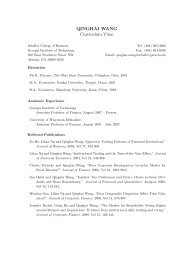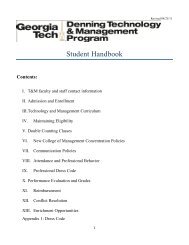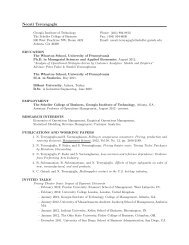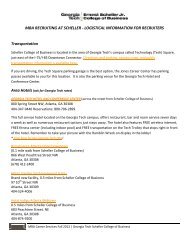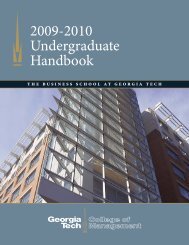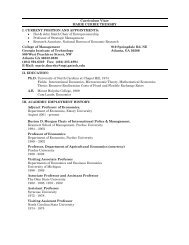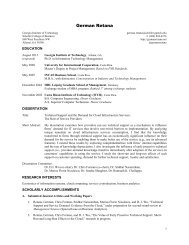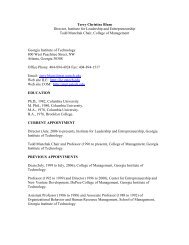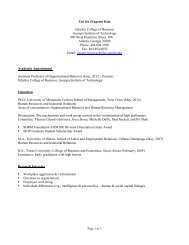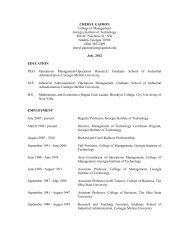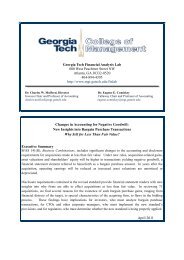Mars-Venus Marriages: Culture and Cross-Border M&A
Mars-Venus Marriages: Culture and Cross-Border M&A
Mars-Venus Marriages: Culture and Cross-Border M&A
Create successful ePaper yourself
Turn your PDF publications into a flip-book with our unique Google optimized e-Paper software.
(forthcoming)). Nevertheless, it is common to find negative average post-acquisition<br />
performance of acquirer firms (see King et al 2004 for a meta-analysis) <strong>and</strong> cultural issues are<br />
often believed to be important in explaining this performance. Theories in the area of foreign<br />
entry mode choice have included the “evolutionary process logic, the knowledge based<br />
perspective <strong>and</strong> transaction cost economics” (Zhao et al (2004)). <strong>Culture</strong> affects at least the<br />
last two if not all three of these mechanisms (see Zhao et al (2004) for culture’s role in<br />
transaction costs <strong>and</strong> Bjorkman et al (2007) for the role in capability transfer).<br />
In spite of recurring discussions <strong>and</strong> anecdotal evidence, it is fair to say that the effects<br />
of culture on the prospects of M&A success are murky. Stahl <strong>and</strong> Voigt (forthcoming) point<br />
out that the literature suggests a negative impact of cultural differences on socio-cultural<br />
integration, particularly in light of perceptual <strong>and</strong> cognitive factors, such as social<br />
categorization <strong>and</strong> the Social Identity Theory. Some studies posit that the cultural distance<br />
between firms tends to result in unavoidable cultural collisions during the post-acquisition<br />
period (Jemison <strong>and</strong> Sitkin (1986); Buono et al. (1985)). Datta <strong>and</strong> Puia (1995) find empirical<br />
evidence on the detrimental effect of acquirer-target cultural distance on shareholder wealth in<br />
acquiring firms. As with several empirical explorations of the impact of culture on M&A,<br />
Datta <strong>and</strong> Puia's (1995) methodology has some serious limitations. They examine windows of<br />
up to 30 trading days from the first press report of the cross-border acquisition in the Wall<br />
Street Journal – an approach that is evidently susceptible to dating errors, <strong>and</strong> which at best<br />
only captures “announcement effects” <strong>and</strong> not the long-term performance of the acquiring<br />
firm.<br />
On the other h<strong>and</strong>, there has been some discussion in the theoretical literature in the<br />
international business <strong>and</strong> strategy areas on operational explanations of potential gains from<br />
cultural disparity. Subscribers to the resource-based view of the firm posit that culturally<br />
distant mergers can provide competitive advantage to the acquirer by giving them access to<br />
unique <strong>and</strong> potentially valuable capabilities. It has been argued from an organizational<br />
learning perspective, that culturally distant mergers can spur innovation <strong>and</strong> learning by<br />
helping break rigidities. In addition, Very et al (1996) find that national cultural distances<br />
2



